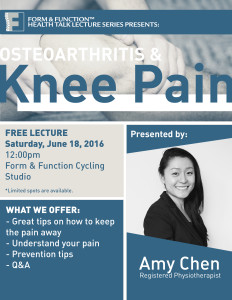Laura Cater
Laura L. Cater RMT
In 2008 I graduated from Everest College with a degree in massage therapy.
I have been a massage therapist in good standing with the college of massage therapists of Ontario since 2009.
My focus has always been on helping people.
I now use that focus to give me clients’ better quality of life through treatment of various injuries and disorders, and through patient education.
My clients are of all ages and range from 5 years old to the elderly.
I specialize in Deep tissue treatment, trigger release, myofascial release, gentle joint mobilization and restorative techniques.
I treat various conditions such as; Whiplash, sprain strains, post surgical care for injuries, DDD, various neurological diseases, carpal tunnel, tendinitis/tendinosis. Fibromyalgia, and stress related disorders.
I work very specific to the injuries I am treating.
When I am not with clients I’m spending time with my family. I enjoy biking, hiking and fishing.








